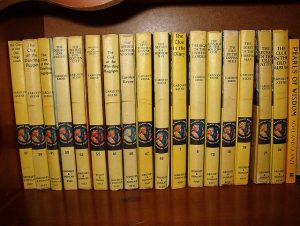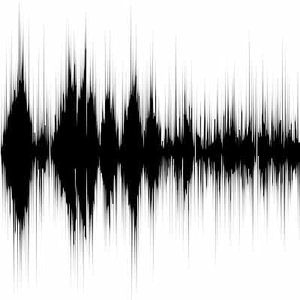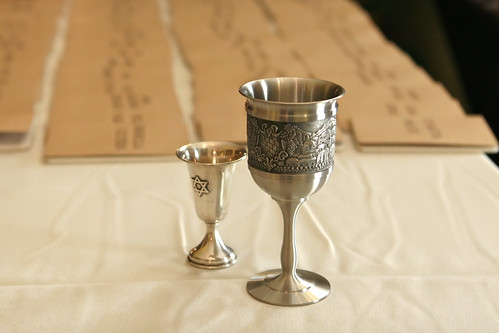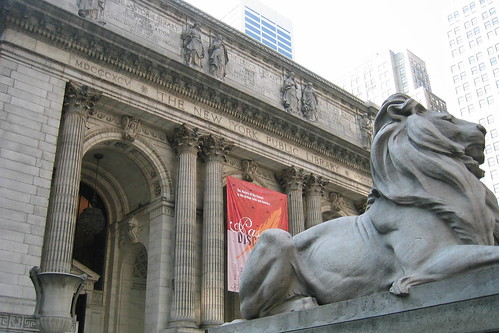When you’re an historian conducting research, you just never know what you’re going to discover. Archival finding aids and previously published citations guide your hand and point you in the right direction, but now and again you happen upon something completely unexpected -- a juicy bit of gossip, a clever turn of phrase, a little known event -- that deepens your understanding of the past and lifts your spirits. Serendipity can often be the historian’s best friend.

But these days, with the wholesale digitization of newspapers and archival matter, chance encounters occur less and less frequently. You type in a keyword and the relevant text or passage appears. How wondrous! How efficient! Yet, something gets lost along the way: your eye zeroes in rather than roams freely. This is precisely why I encourage my students to consult the original text rather than rely on an electronic version.
I practice what I preach. Earlier this week, while at the New York Public Library, I was gingerly making my way through the fragile pages of the Occident and Jewish Advocate of 1860 in search of information about a specific event when, lo and behold, I stumbled across a deliciously nasty comment penned by the journal’s editor, Isaac Leeser, about his bête noire, Rabbi Isaac Mayer Wise of Cincinnati.
I knew the two men didn’t get on, but this was something else again -- a whopper of a putdown, and in public, no less. Wrote Leeser: “I.M.W. may continue, for all I care, to be the greatest man living in his own estimation, but this much I will maintain, that if I need any information I shall never go to Cincinnati to obtain it from the man who has caused more disturbance and heart-burning than any other Hebrew within the limits between the Atlantic and Pacific.”
This particular passage had absolutely nothing to do with my project, but it made my day all the same, bringing mid-19th century mudslinging to life. The passage in question makes my point, too, for the odds of it appearing in a digital database are rather slender. Under what rubric or keyword would it show up? Animus? Bruised feelings? Competition? Heartburn?










